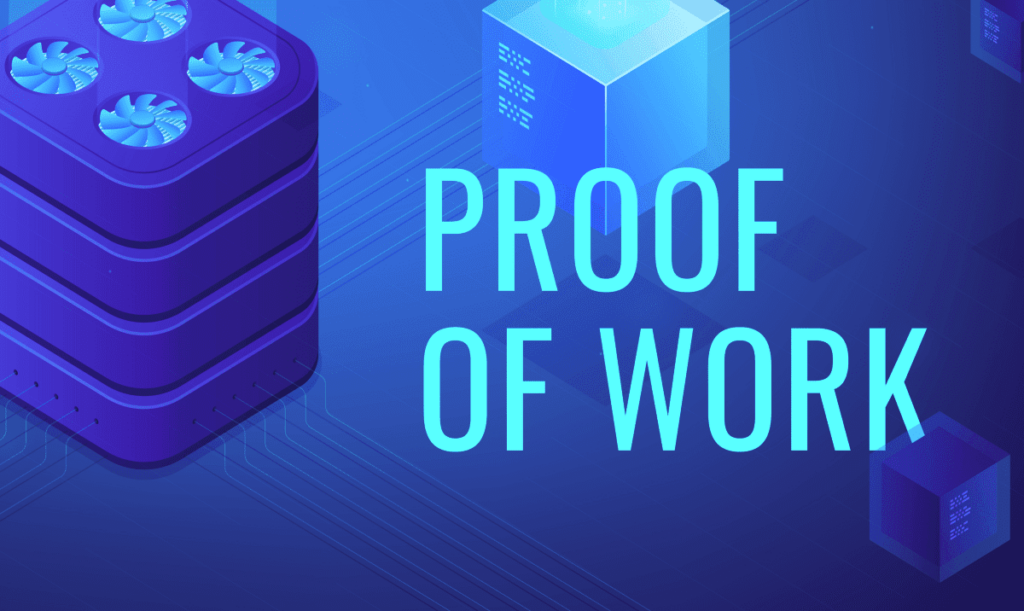
You’ve most likely heard the debate between PoW otherwise known as Proof of Work and its counterpart Proof of Stake. To understand what proof of work is, first we need to know what a consensus model is, and why it is needed. Being what is called a “distributed ledger”, this technology is self-governing (which means there isn’t one person who can control it or make changes). Contributions come from all of the hundreds of thousands of users who participate in the network to make it function properly. If one person said you owe them 10BTC, they would be quickly outed as a fraud by the rest of the people on the network. This is the first benefit of a consensus model.In an ever-changing system like the blockchain, you really need a reliable, fair, real-time, efficient, and transparent mechanism that will ensure that transactions that are executed are genuine and that there’s a consensus on the network. That was a lot of words, but if you are curious what consensus means, it means that everyone is on the same page. Essentially, if James pays Job 10BTC, we want to make sure everyone knows what happened and also that James’ account goes down by 10BTC and Jobs goes up 10BTC. Proof of work is one way to make sure everyone has the same database, that they reach “consensus”.This way the information is public and can’t be frauded.
Proof-of-work was introduced on the Bitcoin network in 2009 to address the issue of “double spending,” which if left unchecked might pose a serious problem for cryptocurrency projects. Double spending: What is it? Let’s say James has 10BTC.In essence, we wanted to ensure that Bob didn’t give Job 10BTC, then go give Maina 10BTC as well, despite James not having it. Proof-of-work has the responsibility of preventing this, among other things.

Leave a Reply